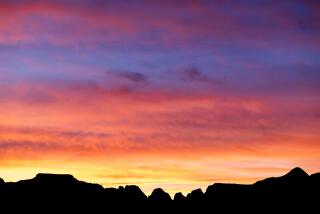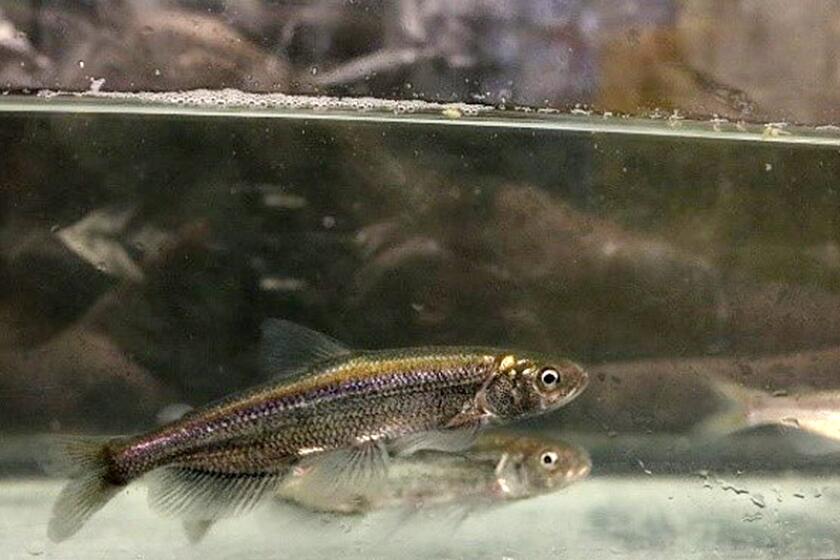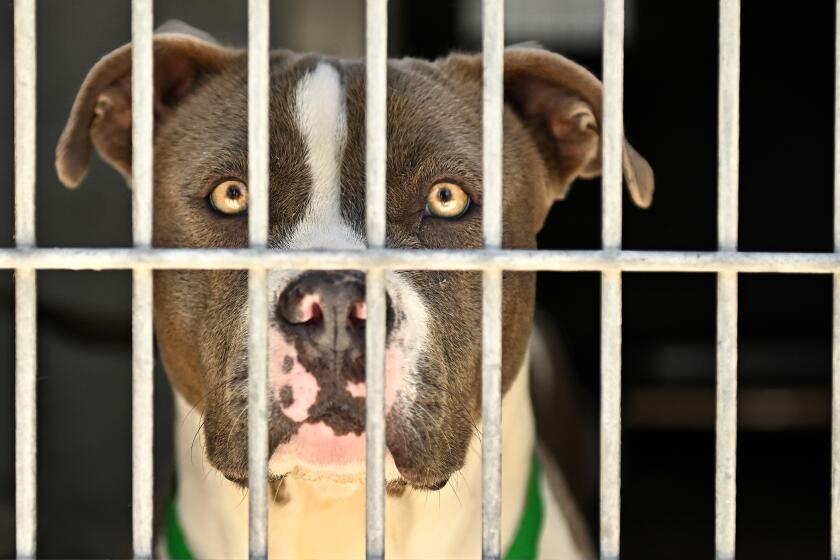A British Bequest Seeded an American Treasure
- Share via
WASHINGTON — In July 1835, the United States charge d’affaires in London received a copy of a British will making his young country a highly unusual bequest: 100,000 pounds for the creation in Washington of an “establishment for the increase & diffusion of knowledge among men.”
The donor was a wealthy aristocrat, born out of wedlock, known for compulsive gambling and dabbling in natural science. He had never been to America and appeared to have no ties there. The puzzled diplomat forwarded the will to U.S. Secretary of State John Forsyth with the suggestion that the deceased might well have been mad.
Today the fruit of James Smithson’s madness, whimsy or genius--take your pick--has blossomed a thousandfold into the most extraordinary, most visited, museum complex in the world.
The Smithsonian Institution encompasses insect sexologists in Panama and gamma-ray astronomers in Arizona, reef biologists in Belize and wallpaper historians in New York. There are Smithsonian scientists in Massachusetts measuring the spin rates of laser-generated xenon atoms and Smithsonian ornithologists in Virginia promoting the captive breeding of the Hawaiian honeycreeper.
It’s a global conglomerate with a $496-million annual budget, where about 6,700 full-time employees and 5,000 volunteers study, classify, restore and care for more than 140 million artifacts--not to mention all the animals--at dozens of sites around the world.
But, most of all, Smithson’s legacy enriches Washington. It both husbands and showcases national culture in 14 separate museums that in their variety and occasional tension both reflect and shape Americans’ ever-evolving image of themselves and their arguments over what they want to be.
Their treasures and vigor repeatedly astound foreign visitors.
Asked a few years ago how Washington differs from the city she had expected, a 30-year-old environmental lawyer from Kiev was so overcome with emotion that she found herself near tears.
“Oh, it is all this Smithsonian,” said Tatyana Zakharchenko. “Growing up in the Soviet Union, we were always told that Americans were rich in materialistic things but had no soul, no culture. But here you have all this beauty, all this art and wonderful things. And, not like ours, your museums are free!”
More to Read
Sign up for Essential California
The most important California stories and recommendations in your inbox every morning.
You may occasionally receive promotional content from the Los Angeles Times.








